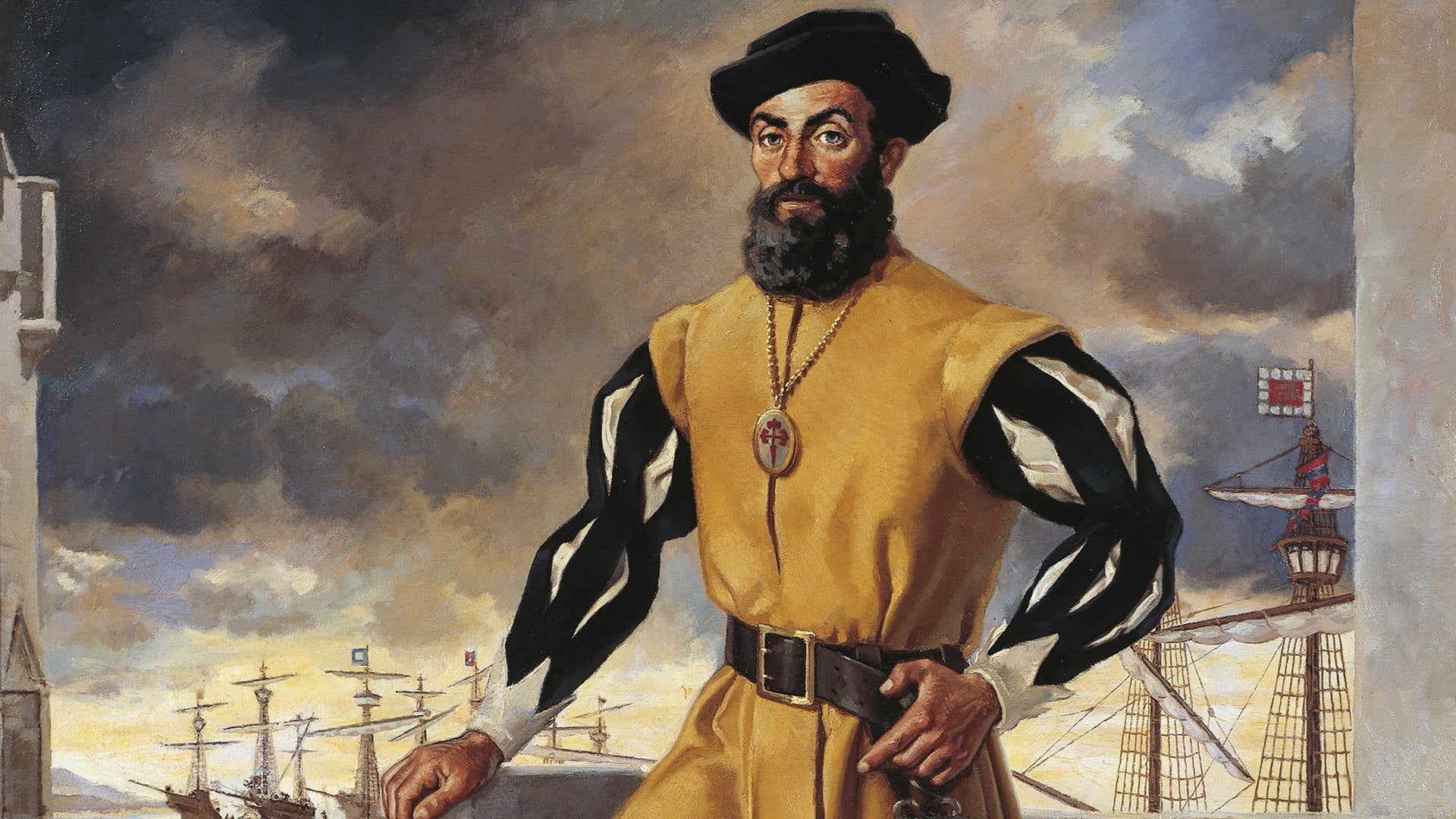Magellan: A Unique Culture With A Deep History
5 min read
A small town called Magellan is located near the well-known Bran Castle in the center of Transylvania. One of the most well-liked tourist spots in Romania is this medieval stronghold and UNESCO World Heritage Site. When it was a part of the Kingdom of Hungary in the 13th century, Magellan had a long history. It was possessed by numerous feudal rulers over the ensuing centuries and flourished as a hub of trade and commerce.
Title: Why content marketing is important for small businesses
Description:
Small businesses frequently believe they lack the resources necessary to effectively sell their goods and services. But as multiple surveys have shown, one of the crucial tactics for firms to flourish online is content marketing. In this post, we’ll go through the importance of content marketing for small businesses and offer some advice on how you may start using it right away.
The Swiss Alps are home to the little and charming village of Magellan. Magellan, with its lengthy and fascinating history, has a lot to offer tourists who want to explore the region. There is a lot to see and do in this distinctive town, from its wine-growing region to its impressively preserved medieval core.
What is Magellan?
Croatia’s Kvaerner region is home to the little, charming settlement of Magellan. Magellan, which is located on a peninsula that projects into the Adriatic Sea, has a long history of being renowned for its distinctive culture.
The settlement was first inhabited by Illyrians in the fourth century BC, and until the arrival of the Ottoman Turks in 1457, it was a significant commerce hub. When Magellan joined the Ottoman Empire at that point, its citizens were compelled to convert to Islam.
Despite this turbulent time, Magellan managed to preserve a large portion of its traditional culture. Today, Magellan is a well-liked tourist attraction where many inhabitants rely on tourism for a living. The area has various museums and art galleries in addition to some lovely beaches.
Italy’s Brescia region contains the little village of Magellan. The town, which has a population of over 2,000 people, is renowned for its distinctive culture and rich past. Magellan was historically a part of the Lombard Kingdom and was first attested in 764 AD. The town became a self-governing commune in 1176. Magellan has grown into a flourishing cultural hub with a variety of intriguing attractions over the years. Magellan’s old cathedrals, museums, and festivals are a few of its highlights.
Magellan has a distinctive culture and a long history. It is situated in the northeastern Polish province of Pomerania. The 12th century saw the first written reference of Magellan. It was a piece of the Duchy of Pomerania at the time. Bog slaw IV and his son Wad saw II Jaggier split the duchy in 1241, and Wad saw II Jaggier granted Magellan to Bog slaw VI. After Casmir III brought the duchy back together in 1317, Magellan remained under the control of the Polish Crown until 1772, when it was acquired by Prussia as part of the First Partition of Poland. After the First World War, Poland regained control over Magellan. It is now a sovereign state with its own legislature and executive branch.
Magellan is a prosperous region with a strong economy based on agriculture, forestry, fishing and tourism. Its traditional crafts include weaving, embroidery and pottery. Magellan also has a rich cultural heritage including traditional music, dance and theater.
History of Magellan
On the left bank of the Tisza River, in Hungary’s north central area, is a little village named Magellan. About 2,000 people call it home, and it is the center of a distinctive culture with a rich past.
When Magellan was a part of the Kingdom of Magellan is a small town in the north-central region of Hungary, situated on the left bank of the river Tisza. It has a population of about 2,000 people and is home to a unique culture with a deep history.
Magellan was first mentioned in written records in 1264, when it belonged to the Kingdom of Hungary. In the 13th century, it became part of the principality of Transylvania. Over the centuries, agleam has been under Ottoman rule (1442-1526), Hungarian rule (1526-1867), and Romanian rule (1867-1918).
In 1944, during World War II, Magellan was liberated by Soviet forces. After World War II, Magellan became part of the Soviet Union. In 1989, Magyar Autonomic Party (MDP) leader Josef Natal declared Magyar autonomy for Magellan. However, this declaration was not accepted by the central government in Budapest and resulted in military operations by the Hungarian Army that ended with victory for Hungarians over MDP troops on 14 October 1990. Since then, Magyar Autonomic Party has been ruling Magyar County with an elected county assembly.
it was first recorded in writing in 1264. It was incorporated into the Transylvanian principality in the thirteenth century. Magellan was ruled by the Ottomans from 1442 to 1526, the Hungarians from 1526 to 1867, and the Romanians from 1867 to 1918.
During World War II, Soviet soldiers liberated Magellan in 1944. Following World War II, Magellan joined the Soviet Union. Leader of the Magyar Autonomic Party (MDP), Josef and tall, proclaimed Magyar autonomy for the Magellan people in 1989
Customs and Rituals in Magellan
Magellan traditions and practices are distinct from those of other cultures. The “Pasta Dance” is one of Magellan culture’s most well-known traditions. Every year on Saint George’s Day, a festival known as the Pasta Dance is held. Dancers who have been attired in medieval garb conduct a dance as part of the ritual to commemorate the saint’s feast day. “Besom,” which means visit or pilgrimage, is another Magellan tradition. Besom typically refers to tourist visits, but it can also refer to religious pilgrimages, such as journeys to holy places.
What to Expect When Visiting Magellan
When you travel to Magellan, you’ll experience a sense of time travel. With cobblestone streets and gorgeous architecture, the villages and towns in this region are attractive and wonderfully lovely. Don’t be shy about asking questions since these are some of the kindest and most welcoming folks you will ever encounter.
Be ready to walk a lot if you want to experience all the sights and sounds of this old town. The twisting streets of Magellan are impossible to avoid!
But don’t worry; there are lots of places to stop along the road for a drink or something to eat. And if you have the energy, why not check out some of the neighboring.
Conclusion
Magellan is an intriguing location with a rich past. There is a lot to see and discover in this distinctive region of Austria, from its lush forests and rolling hills to the charming castles and quaint villages. I hope you have enjoyed learning about the rich culture and stunning landscape of Madagascar. Check out our collection of excursions if you’re thinking about visiting this lovely area because they’ll take you on a memorable journey through Magellan’s past.







